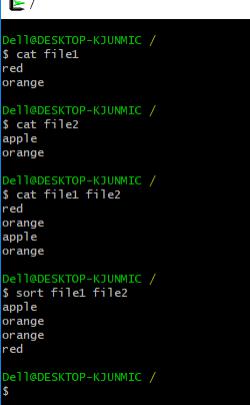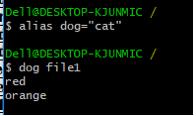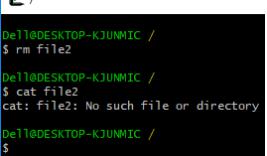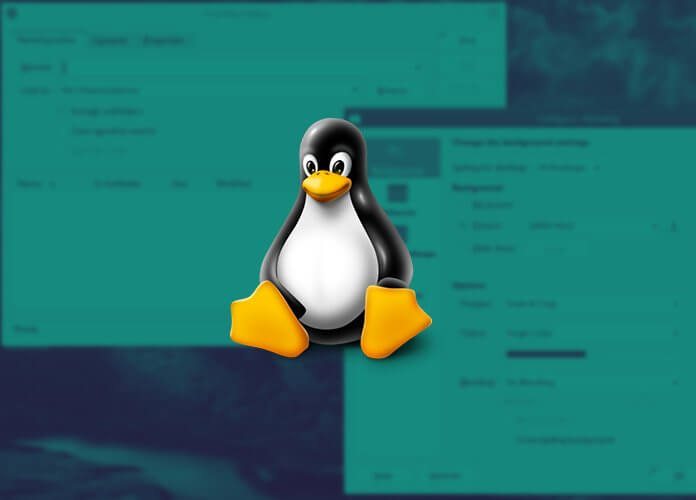–Linux operating systems are already popular among developers, programmers and service admins, but they now becoming a favorite among general users as well. Linux provides its users with the power of customization and security. This is why a lot of people are trying to master this amazing operating system. This blog was written with the intention of being a helpful guide to Linux users who are trying to become familiar with basic Linux commands.
What is a command shell?
A command shell is a program that allows users to access the computer. It is ideally an interface that takes in commands and shows results. The shell is not an operating system, but rather it allows you to interact with the operating system via a terminal.
The following are a few Linux OS Basic Commands that you will commonly use:
pwd – This command is used to “Print Working Directory”. When you first open the Linux command, you are usually in the home directory of your user. This command shows you the entire path, starting at the root to the current location in the directory tree. Most commonly you will get a result of something like “/home/username/”.

ls – This command is used for directory listings and shows all directories present in the current file. List files in “long” format, one file per line. This also shows you additional info about the file, such as ownership, permissions, date, and size.

– mkdir dir – This command is used to create a new directory dir.

– cd dir – This command is used to change directory from dir to whatever name you want to give it – in this case demo.

– cat > file – This Command is used to place a standard input into file.
– cat file – This command is used to show the output and data of file.

cat file1 file2 – This command is used to display all the input data from both the files, File 1 & File 2.
– sort file1 file2 – This command is used to sort and display the data of both files, File1 & File 2.

– alias dog – This command is used to assign the work dog to the cat command.

– cp file1 file2 – This command is used to copy data from File1 to File2 .

– rm file – This command is used to delete a file.

– grep pattern files – This command is used to Search for a pattern in the stored files. Eg – If you set the search pattern to “e” & “or”, it will look for these keywords in the files stored inside the system.


Conclusion – We learned a few things like basic Linux commands, such as how to print a working directory, how create a directory, input and output of data, how to copy, sort and delete files from your system, etc. I hope this has been helpful for you guys to understand the basic commands of a Linux Operating System.



